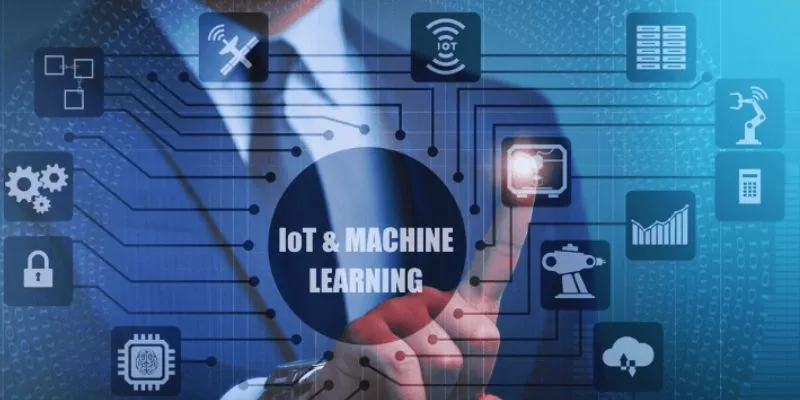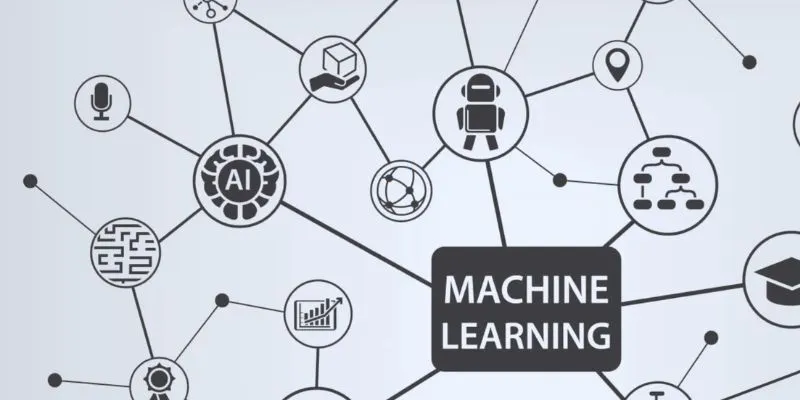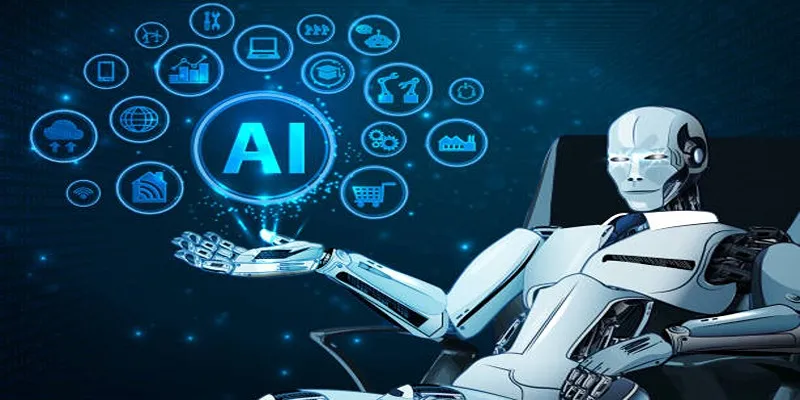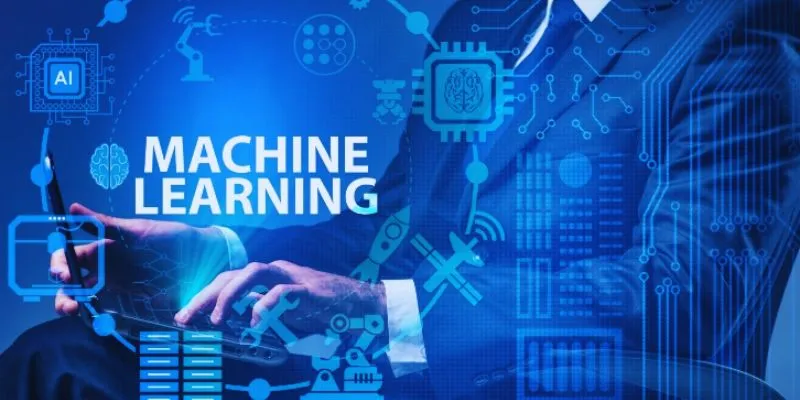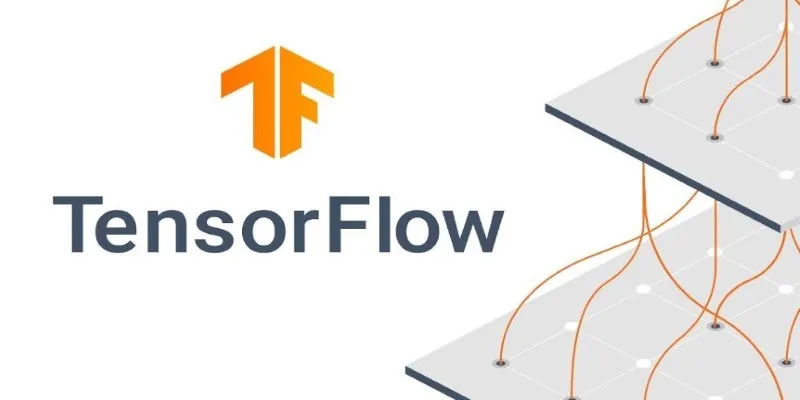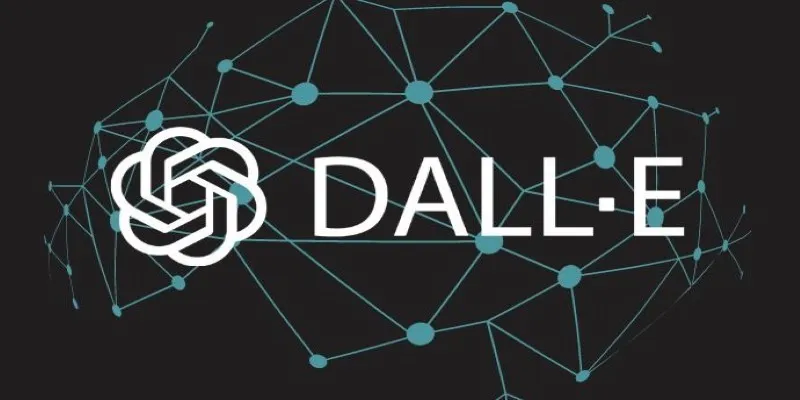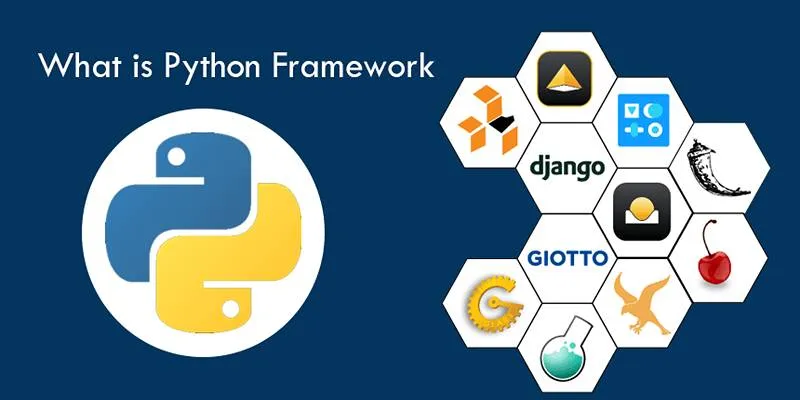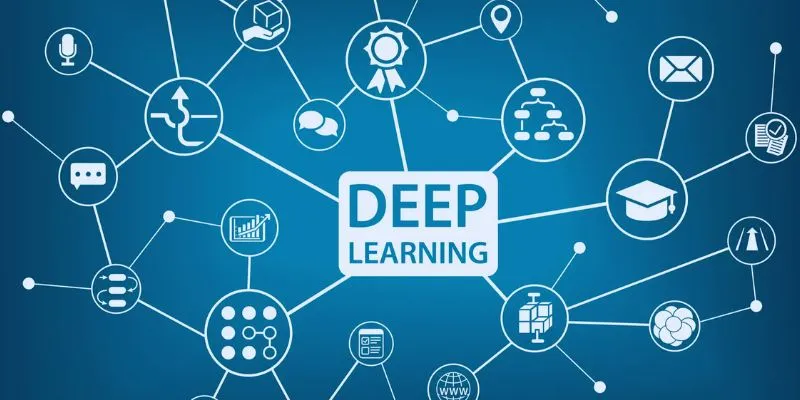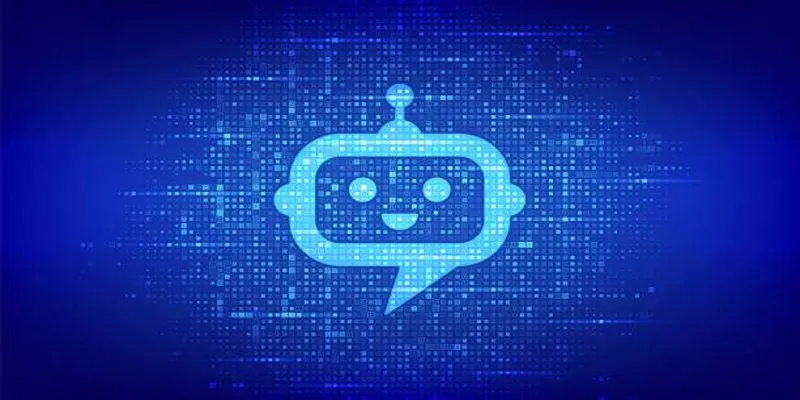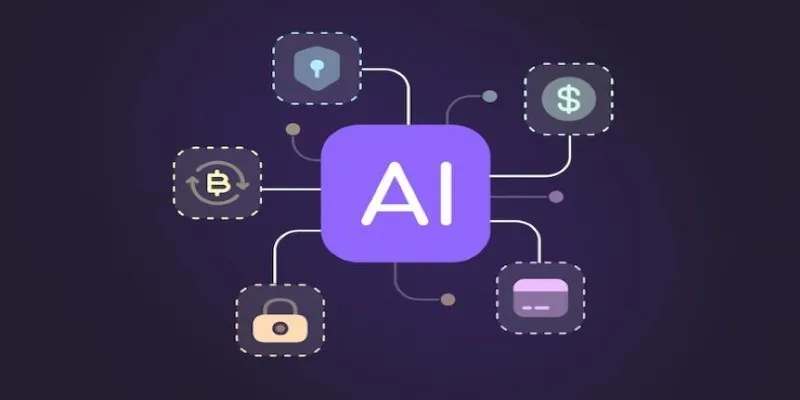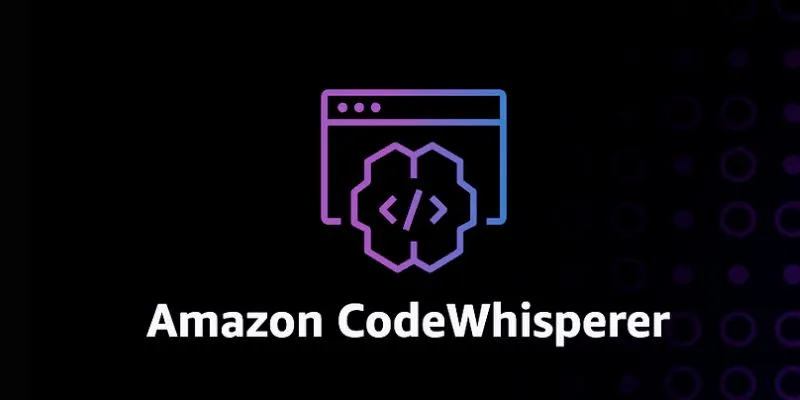Open machine learning has long been akin to a community experiment, with enthusiasts, academics, researchers, and engineers sharing ideas and models freely. Today, that collective energy has gained significant momentum. Our team has raised $100 million to propel open and collaborative machine learning into its next phase. This funding isn’t just about expanding a single organization; it’s about creating infrastructure, culture, and practices that make sharing models, data, and knowledge more feasible and sustainable. With this investment, we’re committed to a future of enhanced access, transparency, and inclusion.
Why Is Open Machine Learning Crucial Today?
As the world embraces AI, much of it remains confined behind proprietary, closed doors. While these models grow in size and capability, they also become more opaque. The cost of training and deploying large-scale models is skyrocketing, leaving smaller labs and independent researchers out of the loop. Open machine learning changes this narrative by promoting the sharing of model weights, datasets (when ethical and legal), research papers, and code. It fosters replication, critique, and improvement rather than mere consumption.

Investing in open systems reduces the risk of a few companies steering AI’s direction. Collaboration ensures that progress benefits not only shareholders but also the broader research community, developers worldwide, and those building real-world applications. This movement isn’t just theoretical—it’s proven. Open models have made strides in translation, image generation, and instruction-tuned large language models, demonstrating that open access accelerates progress.
Our Vision with the $100 Million Funding
With $100 million secured, we’re not pursuing fleeting trends. We’re investing in the fundamentals needed for sustained open development. A key focus is scaling our computing capabilities. Reliable compute access has been a significant barrier for open-source machine learning teams. By building and sharing compute resources—especially in regions with limited access—we’re tackling one of the biggest structural challenges.
We’re also prioritizing dataset transparency and provenance. Datasets are the backbone of every model, yet many remain obscure or cobbled together from scattered sources. Our efforts include developing clearer documentation, better tools to trace dataset lineage, and methods to track changes over time. This not only aids researchers but also ensures that models trained with these datasets are safer and more reliable.
Additionally, part of this funding will support community infrastructure. We aim to streamline the processes of uploading, downloading, collaborating on, and discussing models. Currently, these activities occur in fragmented spaces. We’re enhancing model registries, APIs for access, and community features like versioning, feedback, and forks.
We’re also devoted to multilingual support. English-centric datasets and benchmarks skew performance and restrict reach. Our initiatives will focus on model training and evaluation across a wider range of languages, especially underrepresented ones. A global AI ecosystem requires a global representation of voices and contexts.
Finally, this funding will support open contributors. Open projects often depend on contributors volunteering in their spare time, which isn’t sustainable at scale. We’ve allocated resources to compensate researchers, engineers, and maintainers who advance this work, making contribution a viable career path.
Community: The Heart of Our Effort
While funding can procure servers and hire engineers, it can’t build a community. Collaboration isn’t just a term in our mission; it’s ingrained in everything we do. Our development processes are structured to allow community members to propose improvements, flag issues, and participate directly in various aspects, from training recipes to evaluation metrics and governance models.

We’ve observed that when models are open, users don’t just utilize them—they enhance them. Some fine-tune models for specific applications, others identify vulnerabilities and suggest fixes, while some translate documentation or develop better interfaces. These contributions may not fit traditional publishing or software development frameworks, but they’re invaluable.
We’re fostering collaborative teaching and learning efforts, offering free courses, walkthroughs, shared notebooks, and translation initiatives to lower barriers for non-English speakers. Anyone interested in joining the open machine learning movement should find it accessible and understandable.
This is particularly vital for individuals outside typical tech hubs. Whether you’re in Lagos, Jakarta, or La Paz, open machine learning should be an accessible field—whether you’re training models on local languages or exploring region-specific ethical frameworks.
Looking to the Future
This funding round is a significant milestone, but it’s not the endpoint. It’s a step toward a future where machine learning isn’t restricted by high costs and legal barriers. It’s a move towards an ecosystem that encourages participation, not just consumption. The next breakthroughs won’t solely result from massive models—they’ll arise from how people use, critique, remix, and deploy them in unforeseen ways.
Open and collaborative machine learning is more than a technical strategy—it’s a social one. The challenges we’re addressing with AI are too vast and varied to be managed by any single company or lab. They require the creativity, perspective, and insights of many.
Conclusion
We are embarking on a new chapter for machine learning, characterized by openness, shared effort, and broader participation. With this funding, we’re not merely scaling infrastructure; we’re fortifying a community that champions transparency and access. Progress in AI should reflect the collective contributions of many, not just the resources of a few. By supporting collaboration across borders, languages, and backgrounds, we’re laying the foundation for a more inclusive future. This effort is about building lasting systems, not chasing headlines. Our goal is clear: to make machine learning more accessible, understandable, and beneficial to everyone eager to contribute, question, and innovate.
 zfn9
zfn9
